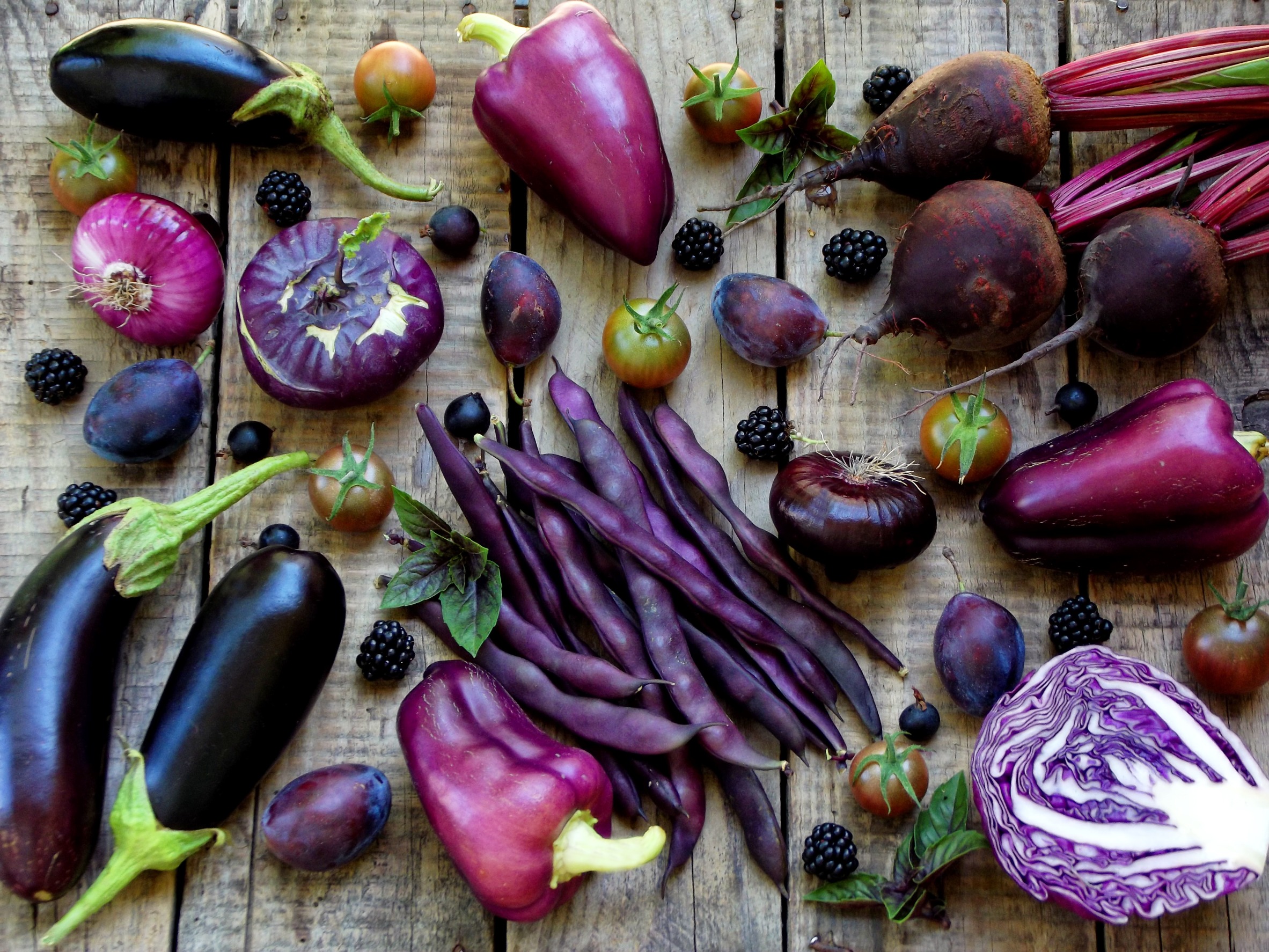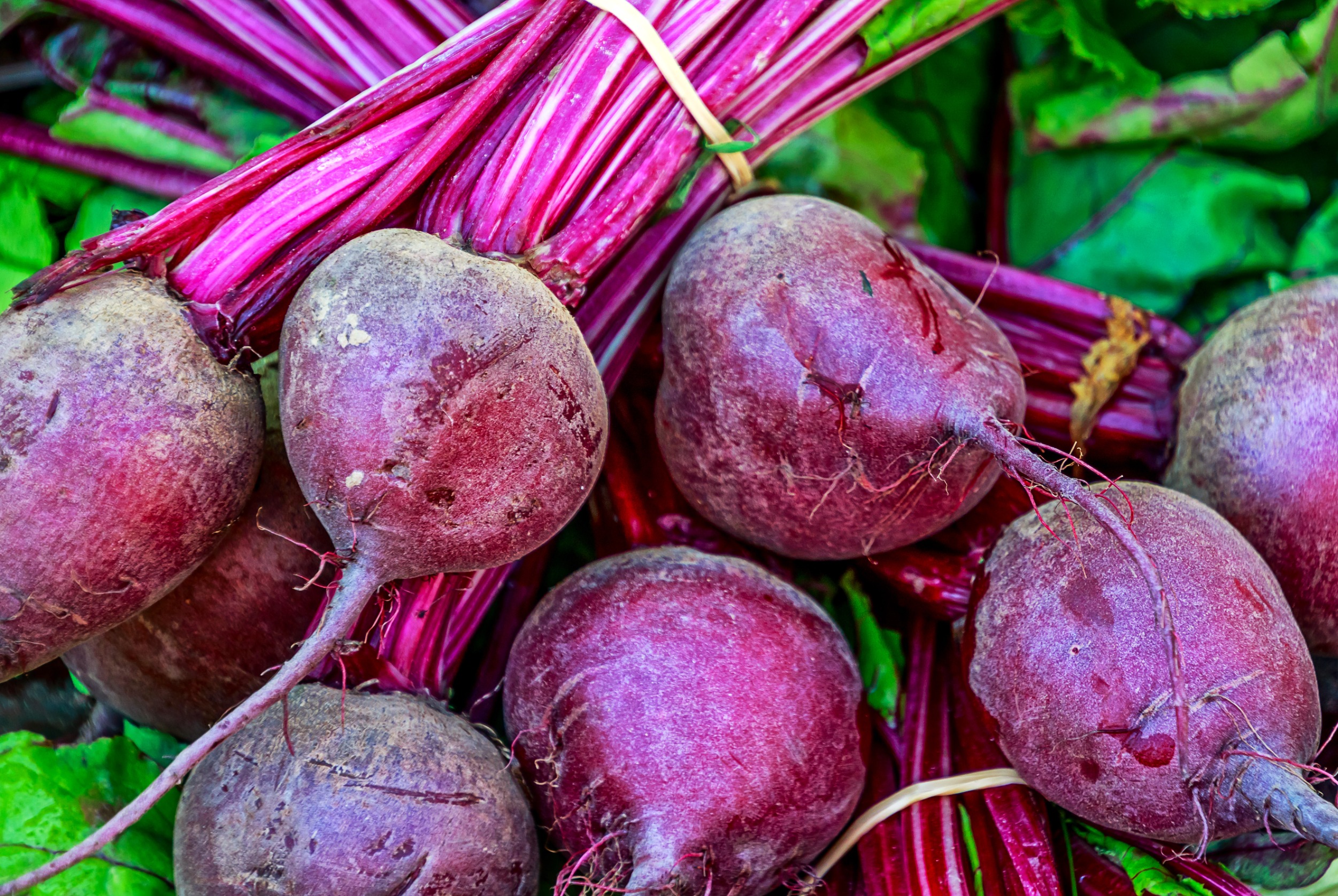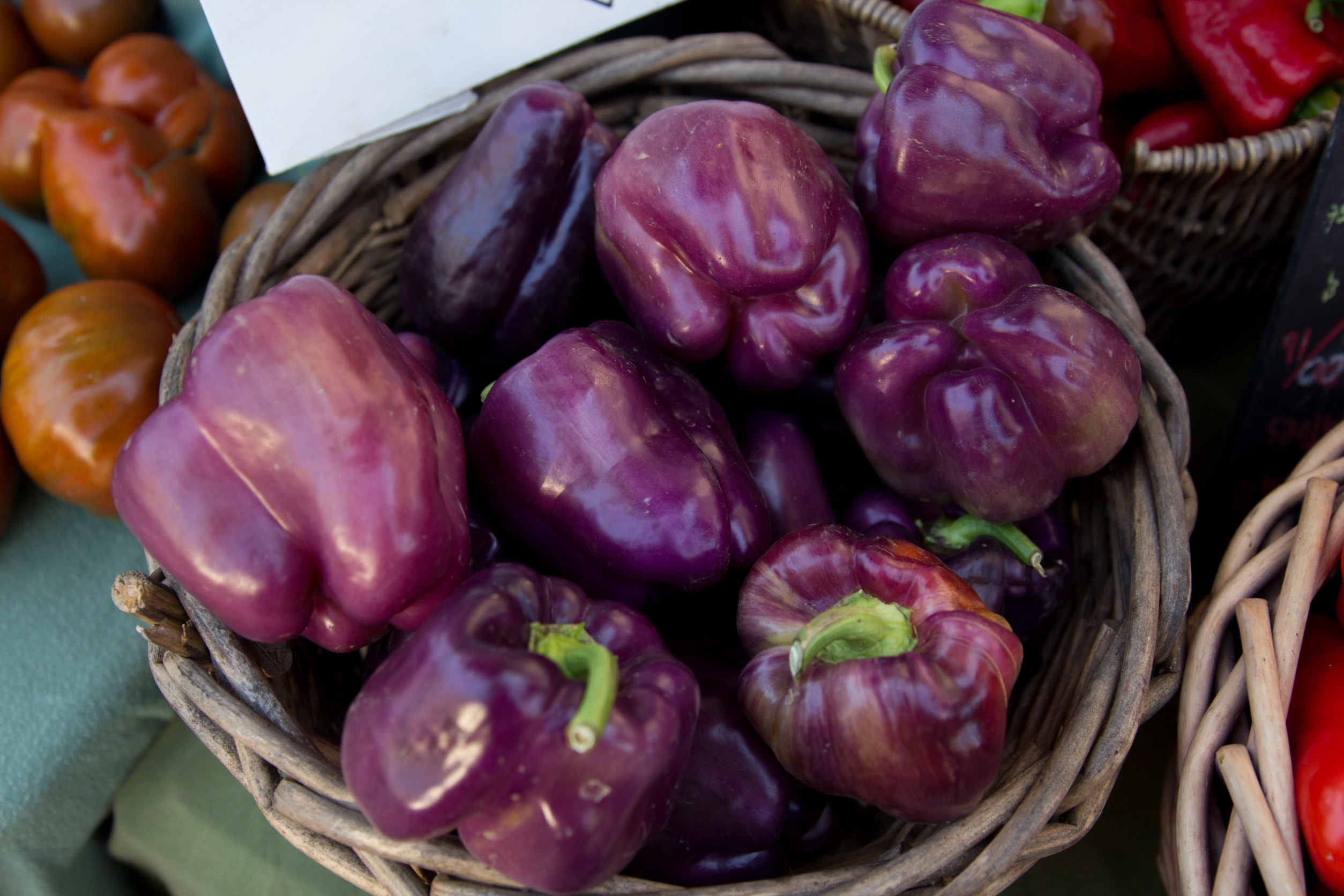
123rf
Purple vegetables are not just beautiful—they’re also packed with nutrients and health benefits. Their rich color comes from anthocyanins, powerful antioxidants linked to numerous health advantages. Incorporating purple veggies into your meals is a trendy way to elevate your nutrition and add a vibrant touch to your plate. Let’s explore the top 10 purple vegetables you should be eating and why they deserve a spot in your diet.
1. Purple Sweet Potatoes
Purple sweet potatoes are not only visually stunning but also rich in antioxidants. They’re a fantastic source of vitamins A and C, promoting healthy skin and immune function. Their natural sweetness makes them versatile, perfect for both savory dishes and desserts. Purple sweet potatoes are also high in fiber, which supports digestion and keeps you feeling full. Add them to your diet for a colorful and nutritious upgrade.
2. Eggplant
Eggplant is a staple in many cuisines and a nutrient powerhouse. Its deep purple skin contains anthocyanins, which help combat oxidative stress. Eggplant is low in calories and high in fiber, making it excellent for weight management. It’s also a good source of potassium, which supports heart health and muscle function. From roasted slices to hearty stews, eggplant is a delicious and versatile addition to any meal.
3. Purple Cabbage
Also known as red cabbage, this vibrant vegetable is loaded with nutrients. Purple cabbage is rich in vitamin K, essential for bone health and proper blood clotting. It’s also high in vitamin C, which boosts immunity and improves skin health. Its crunchy texture makes it perfect for salads, slaws, or as a colorful garnish. The sulfur compounds in purple cabbage also support liver detoxification.
4. Beets

123rf
Beets are a nutrient-dense root vegetable with a striking purple hue. They’re an excellent source of folate, vital for cell growth and DNA repair. Beets are known to improve blood flow and lower blood pressure thanks to their high nitrate content. They’re also a great addition to smoothies, roasted dishes, or salads. Regular consumption of beets can enhance athletic performance and overall health.
5. Purple Carrots
Purple carrots are an ancient variety making a modern comeback. They’re packed with anthocyanins, which may reduce inflammation and support brain health. Like their orange counterparts, they’re a great source of vitamin A for eye health. Purple carrots are slightly sweeter and add a pop of color to dishes. Enjoy them raw, roasted, or blended into vibrant soups.
6. Purple Cauliflower
Purple cauliflower is not just a feast for the eyes—it’s a nutritional gem. It’s rich in antioxidants and vitamin C, supporting immune health and glowing skin. This colorful veggie is also a good source of fiber, aiding digestion and maintaining gut health. Purple cauliflower has a slightly nutty flavor, making it perfect for roasting, mashing, or using in low-carb rice alternatives. It’s a must-try for anyone seeking variety in their meals.
7. Purple Kale
Purple kale is a nutrient-dense leafy green with a gorgeous purple tint. It’s loaded with vitamins A, C, and K, along with powerful antioxidants. Its slightly bitter flavor pairs well with sweet dressings in salads or savory stews. Purple kale supports heart health and reduces inflammation, making it a superfood worth adding to your diet. Use it in smoothies, chips, or sautéed dishes for a nutrient boost.
8. Purple Peppers

123rf
Purple bell peppers are a unique and crunchy way to enhance your meals. They’re lower in sugar than other pepper varieties, making them great for low-carb diets. These peppers are rich in vitamins C and A, supporting immunity and vision. Their vibrant hue adds a fun twist to stir-fries, salads, and snacking platters. Purple peppers also contain flavonoids that may protect against chronic diseases.
9. Purple Asparagus
Purple asparagus is a seasonal treat with a sweeter taste than green varieties. It’s high in fiber and folate, promoting healthy digestion and cell function. This vibrant vegetable is also rich in vitamin K, essential for bone health. Purple asparagus is tender enough to enjoy raw or cooked in stir-fries, pastas, or grilled dishes. Its unique flavor and color make it a showstopper on any plate.
10. Purple Potatoes
Purple potatoes are a nutrient-dense alternative to regular spuds. Their rich anthocyanin content supports heart health and reduces inflammation. They’re a good source of potassium and fiber, promoting healthy blood pressure and digestion. Use them in mashed potatoes, baked dishes, or even chips for a stunning twist on classic recipes. Purple potatoes bring both beauty and health benefits to your meals.
Embrace the Power of Purple
Purple vegetables are more than just a trendy food choice—they’re a gateway to better health. Packed with antioxidants, vitamins, and minerals, these colorful veggies support everything from heart health to digestion. Adding them to your meals isn’t just nutritious; it’s a creative way to make your dishes pop. Start small by experimenting with one or two, and watch your meals transform in color and nutrition. Unlock the power of purple and elevate your plate today!

Vanessa Bermudez is a content writer with over eight years of experience crafting compelling content across a diverse range of niches. Throughout her career, she has tackled an array of subjects, from technology and finance to entertainment and lifestyle. In her spare time, she enjoys spending time with her husband and two kids. She’s also a proud fur mom to four gentle giant dogs.
Leave a Reply